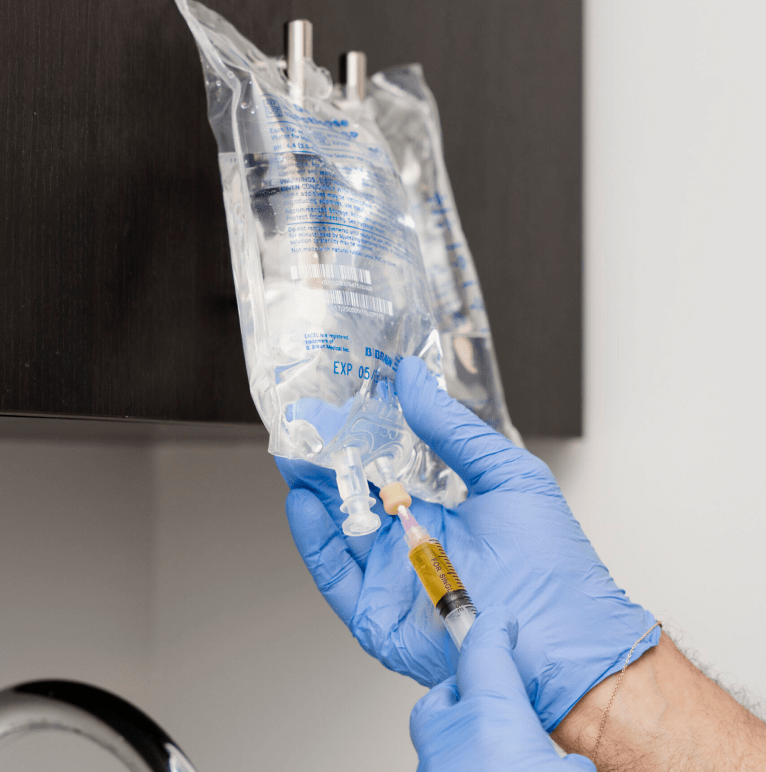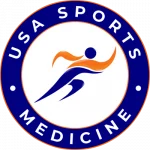NAD and NAD+ occur naturally in the body. They play a major role in the chemical process of generating energy. NAD+ is probably the most important cofactor for improving mitochondrial function. Mitochondria are the energy powerhouses of almost all living cells where micronutrients are converted to energy-rich ATP molecules for the cell.


"I feel like they really care about me and my care. They staff is very accommodating. I would definitely recommend them."
- Patricia Browne
"The best in the business, professional and nice. I always feel like I am being heard and that progress is being made to help my body feel better.
I would highly recommend!"
— Dani Dellarco
NAD+ is the second most popular cofactor in the human body. Anti-aging therapies are becoming more mainstream as aging is now being viewed as a disease. Now that this transition is happening, the ability for NAD+ to activate PARPS, Sirtuins, and help with immune dysregulation has been thoroughly investigated and NAD+ and its precursors have been highly popularized (3).
The clinical importance of maintaining cellular NAD+ levels was established early in the last century with the finding that pellagra, a disease characterized by diarrhea, dermatitis, dementia and death, could be cured with foods containing the NAD+ precursor niacin. Additionally, cellular concentrations of NAD+ have been shown to decrease under conditions of increased oxidative damage such as occur during aging (2).

Altered levels of NAD+ have been found to accompany several disorders associated with increased oxidative/free radical damage including diabetes, heart disease, age-related vascular dysfunction, ischemic brain injury, misfolded neuronal proteins, and Alzheimer’s dementia (1,2).
Interventions targeted at restoring NAD+ have been shown in animal models to support healthy aging and improve metabolic function, and dementia as well (5).
Benefits of NAD
Lorem ipsum dolor sit amet, consectetur adipiscing elit. Ut elit tellus, luctus nec ullamcorper mattis, pulvinar dapibus leo.
Studies show improved pain relief, at least for the first 6 months when compared to cortisone injection – a safer alternative to a cortisone injection.

Start Your Healing Journey.
404 Washington Ave.
#120
Miami Beach, FL 33139
+1(305) 479-2973
info@usasportsmedicine.com